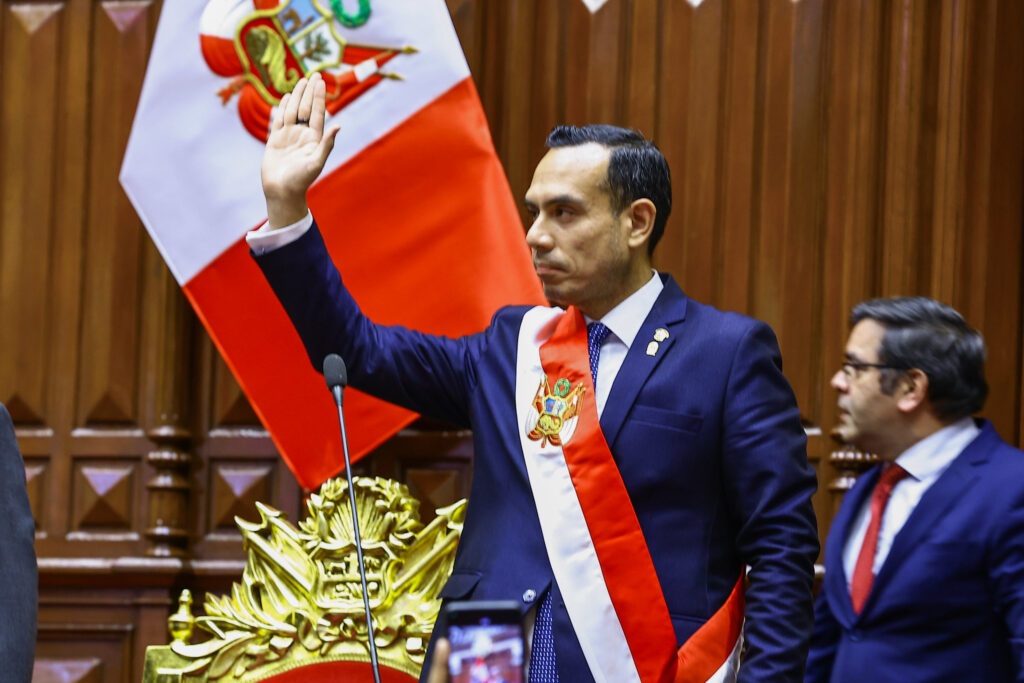US-Mexico tariff extension: what's next?
On July 31, Mexico’s President Claudia Sheinbaum Pardo secured an extension to the grace period established by her U.S. counterpart, Donald Trump, regarding a tariff increase. The new tariffs, set at 30%, were delayed for 90 days pending negotiations aimed at reaching a more sustainable agreement.
This episode in the relationship between the U.S. and Mexico delayed the imposition of taxes on Mexican goods sent to the country’s largest trading partner that are not covered by the United States-Mexico-Canada Agreement (USMCA). However, halfway through the first month of this extension, there has been no progress or formal rapprochement.
The protectionist logic
Donald Trump has repeatedly stated that for him, the most beautiful word in the dictionary is “tariffs.” During his second term, he made it clear that he views this commercial approach as a means to bolster the U.S. economy, and he intends to continue it even with historically close partners like Mexico.
Protectionism, the economic philosophy behind this strategy, seeks to strengthen domestic production against external competition. It is a defensive trade stance often adopted by countries that feel their leadership is under threat or that their dominance in strategic sectors is being challenged.
Mexico as a target in U.S. trade relations
As a U.S. trade partner, Mexico falls into the category of nations that have built strong positions in key industries. Although it does not compete for global hegemony like China, Mexico has significantly grown in sectors such as agriculture and manufacturing, which in the 20th century helped underpin U.S. economic leadership.
Since 2023, Mexico has been the primary source of U.S. imports, in some cases directly competing with local production. In agriculture, Mexico supplies 23% of U.S. imports, showing clear dominance in key categories such as vegetables (63%) and fruits and nuts (50%).
In manufacturing, the automotive sector stands out. In June 2025, the U.S. produced 912,317 vehicles across all categories, with an estimated 85% (775,469) destined for domestic consumption. That same month, Mexico shipped 331,517 light vehicles—almost one Mexican car for every two American cars in that market.
Several factors explain why Mexican goods have gained competitiveness in the U.S. market: lower production and labour costs, a strong dollar that makes peso-priced goods cheaper, and geographical proximity, which simplifies logistics.
The role of tariffs
At their core, tariffs aim to level the playing field by making foreign goods more expensive, while generating additional revenue for the country imposing them. A large share of Mexican products is protected under the USMCA, but the rest already face a 25% tariff to enter the U.S.
Tariffs increase the local price of foreign products, which encourages consumers and companies to favour domestic goods. By reducing external competition, tariffs create a temporary window to enhance production capacity, adopt new technologies, and create jobs.
Tariff strategies are not new; they date back to ancient Egypt and became particularly prominent during the recovery following World War I, when countries worldwide faced the challenge of rebuilding their economies.
This gives us a wealth of historical examples to understand and anticipate the effects of tariffs. From the competition for industrial leadership during the Industrial Revolution to the exacerbation of the Great Depression due to excessive tariffs, history provides both positive and negative lessons.
Risks and opportunities for Mexico and the U.S.
Like all economic measures, tariffs have indirect effects. Target countries lose competitiveness in the affected market, and if the imposing nation is a major partner, the resulting decline in demand can slow production, employment, and even GDP growth.
There are also negative effects for the imposing country. Prolonged protectionism may erode efficiency and innovation in domestic industries, as they operate in less competitive environments. Furthermore, the higher cost of imports without exact or sufficient substitutes can trigger inflationary pressures.
Mexico faces a particular challenge as the U.S.’s top trading partner. Trump’s dissatisfaction with irregular migration and drug trafficking, combined with a growing U.S. trade deficit with Mexico, has fuelled Washington’s drive to reduce foreign dependence—along with all the implications this entails.
Nonetheless, this situation also presents opportunities for businesses able to adapt to the new context. Trade uncertainty encourages market diversification, the search for alternative inputs, and the strengthening of regional supply chains. The USMCA also offers a key advantage, supporting nearshoring in the context of U.S.-Mexico relations.
The importance of a strategic ally
In today’s complex trade environment, companies aiming to enter or expand across Latin America need more than just a commercial strategy: they need clear, localized communication. Sherlock Communications helps organisations tailor their narratives and build trust-based relationships with key stakeholders.
With its network of specialists and in-depth knowledge of Latin American markets, Sherlock helps convey the value and relevance of organisations while protecting and enhancing their reputations—differentiating and positioning them in strategic markets where public perception is decisive for long-term success.
In a time of tariff tensions between the U.S. and Mexico, having strategic allies is essential to navigate uncertainty and seize opportunities in key markets.





